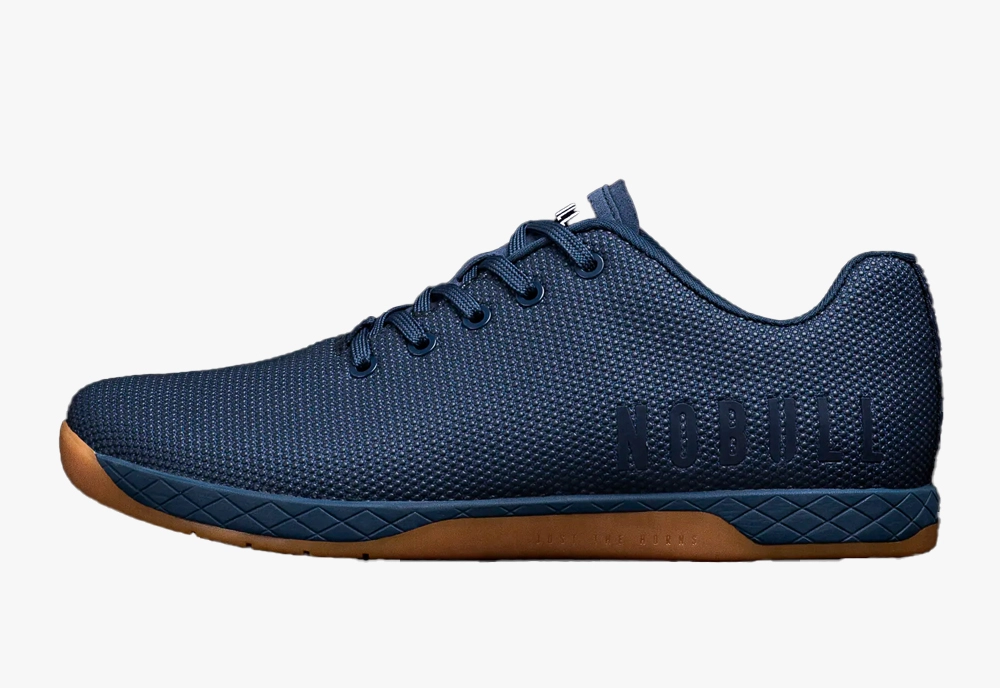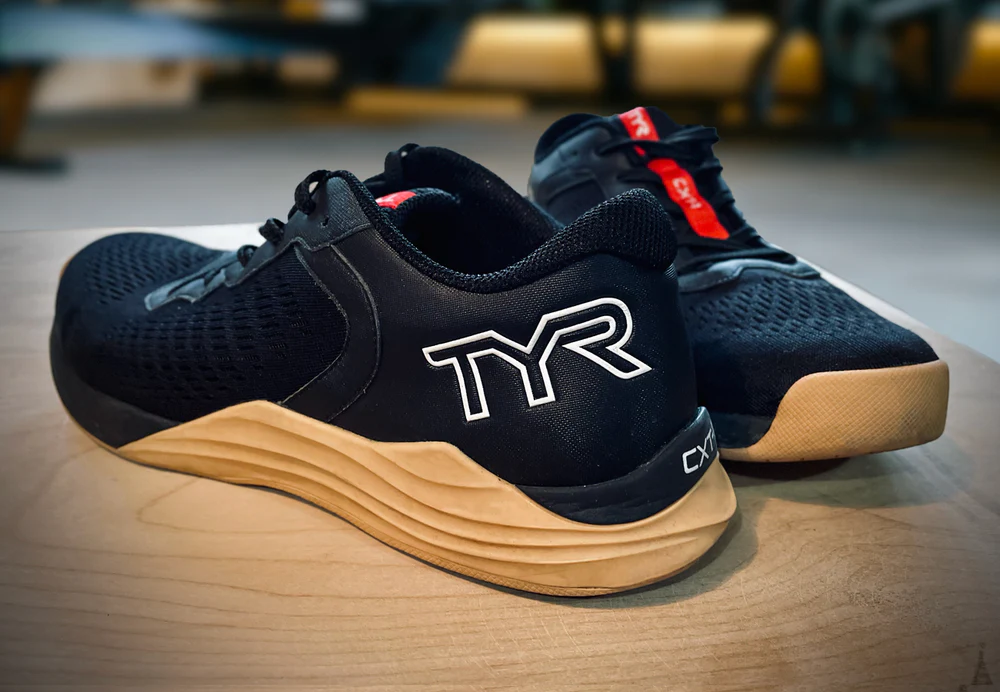Sole Decision: To Squat or Not in Shoes?
- Alex Denny

- Jun 28, 2023
- 4 min read
Updated: May 31, 2024
Squatting is an important functional movement and one of our most common movement patterns within the daily activity. The squat is foundational to other lifts and exercises, so why not learn how to master this movement?
Although a basic foundational movement, the squat can be complex and has many considerations to optimize safety, efficiency, and performance. Let’s start from the ground up by covering the common question of what to wear on your feet.
Option 1: Barefoot
Squatting barefoot is a great option for some. It connects you to the ground and optimizes proprioception (how you feel your foot/body in contact with the ground). This option leaves you with the most pure, minimalistic version of squatting, though it comes with some mobility requirements and may take some time to feel comfortable.
You may see “barefoot” shoes, or minimalist footwear around the gym from brands such as Vivobarefoot, Vibram, Merrell, or Xero, and we consider these to fall into the same category as squatting barefoot for the most part, as long as they meet a few requirements:

A wide (foot-shaped) toe box
A zero-drop midsole (heel and forefoot are at the same height)
A ~minimal~ sole (thin rubber and potentially a thin, flat insert).
These shoes allow your feet to activate and perform naturally- like being barefoot- while simply protecting from the elements and grip to keep you grounded.
Whether you are truly barefoot or using a minimalist shoe, it may take some getting used to. This is especially true if you’re transitioning from a shoe with a lot of support, a narrow toe box, or a big heel-toe drop (many shoes have all 3!).

Option 2: Trainers
Squatting in trainers (sneakers made for CrossFit or other types of cross-training) is another great option and probably the most common choice for athletes across many disciplines and levels of performance. Their versatility makes them a popular choice, especially when making quick transitions between lifting, running, jumping, and other movements- they’ll pretty much do it all.
Within the “trainers” category, there are hundreds of options that span from borderline minimalist to heavily cushioned with a large heel-toe drop. Brands like Altra and Haze have more of a minimalist feel, while NOBULL, Nike, TYR, Inov-8, and Reebok (just to name a few) are more traditional trainers, although most brands make a few different shoes so there is some variance even within-brand. Ultimately, picking out a good pair of training shoes may take a few tries before you find the one that works best for your feet and your training needs.
Okay, back to squatting! Most training shoes will have some amount of heel-toe drop, which actually will help you to squat deeper. Now, without getting too deep into it (ha!), a bigger drop (~6-10mm) will usually feel a bit easier to squat in than a more minimal drop (~0-5mm) for most athletes. Keep in mind that this may significantly change how you feel squatting, running, and doing other movements, so like we mentioned before, you might want to play around in a few different pairs to find a good balance for you.
Option 3: Lifters
Lifters are where we start to get specialized. They are an excellent option for… you guessed it… LIFTING!!! They’re no good for anything else- you might get away with burpees and a few other movements in your workout, but running, jumping, and generally moving around in them will feel very unnatural and inefficient.
That being said, with an XL heel-toe drop (10-25mm) and a rigid midsole, lifting shoes will provide you with a stable base and the ability to squat deeper than most other types of footwear. You might consider lifters for several reasons, including certain mobility limitations (ankle or hip mobility), anatomic variations (leg length, hip socket depth), or simply to improve performance/stability in your heavier lifts.

Lifters are game-changers for some athletes, and unnecessary for others. We would recommend talking to us and your coaches before spending the money- there are likely a few steps to take before making the move to squatting or doing Olympic lifts in these shoes.
NOT an Option:
1- Socks
Socks seem pretty close to our first option, barefoot, but what we lose with socks as footwear is GRIP. It is critical to have a solid, stable connection with the ground as you set up for a heavy squat (or a light one for that matter), which you simply cannot optimize with slippery sock feet! Your strength and ability to develop torque in your feet, hips, and core begin at the ground as your “screw your feet in”, which requires grip from your BARE feet, or the shoes mentioned above.

2- Running shoes
Running shoes are well-cushioned and comfortable and we can sneak by with them for most exercises, but they are NOT ideal for squatting or Olympic lifting. While they have a similar heel-toe drop to many trainers, they are constructed with a much softer foam, and often super lightweight materials which don’t hold up well under heavy loads. Aside from the durability concern, they simply do not provide a stable enough base for us to load up with a squat with confidence.

The Great Shoe Debate: Maximizing Your Squat Potential!
There are a lot of factors to consider when choosing a shoe to squat in. Your anatomy, mobility, experience, amount of weight on the bar, personal goals and preferences, etc. should all contribute to your decision. Keep in mind that there are likely several different shoes and styles that will work for your body and your training needs- try a few out and narrow it down from there. Physical therapists and coaches are great resources to chat with and will be able to help you make an informed decision.
Happy squatting Snowbeasts!












Comments